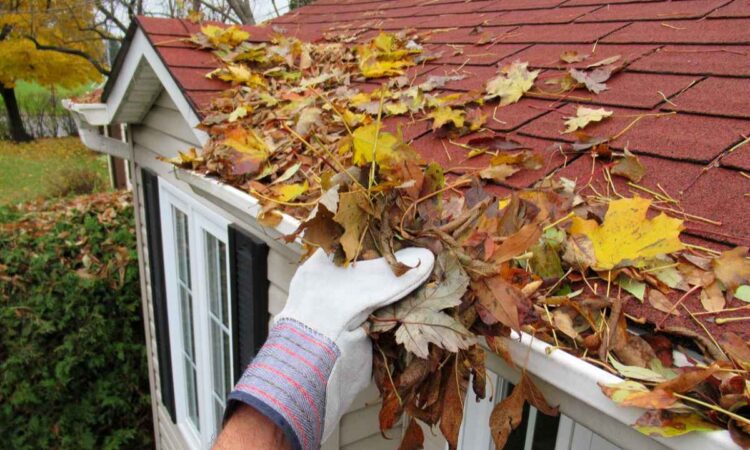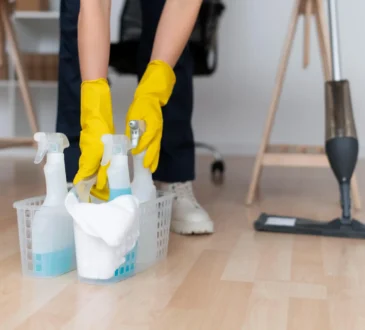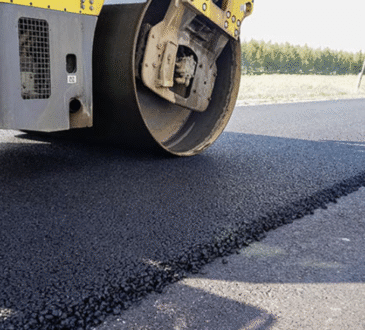
Gutters are an essential part of any home’s exterior, designed to manage rainwater flow and protect the structure from water damage. However, there are many myths and misconceptions surrounding gutter maintenance and functionality that can lead to neglect and costly repairs.
In this article, we will debunk some of the most common gutter myths and provide accurate information to help homeowners maintain their gutter systems effectively.
Myth 1: Gutters Only Need to Be Cleaned Once a Year
One of the most pervasive myths about gutter maintenance is that gutters only need to be cleaned once a year. While an annual cleaning is better than none, it is often insufficient to keep gutters functioning properly. The frequency of gutter cleaning depends on various factors, including the surrounding environment, weather conditions, and the presence of trees near the house.
In areas with heavy foliage or frequent storms, gutters can quickly become clogged with leaves, twigs, and debris. This can lead to water overflow, which may damage the roof, siding, and foundation of the home. To prevent such issues, it is recommended to opt for gutter cleaning at least twice a year—in the spring and fall. However, homeowners should inspect their gutters regularly and clean them as needed, especially after major storms.
Myth 2: Gutter Guards Eliminate the Need for Cleaning
Gutter guards are a popular solution for reducing the amount of debris that enters gutters. However, the myth that gutter guards completely eliminate the need for cleaning is not true. While gutter guards can significantly reduce the frequency and amount of cleaning required, they are not a foolproof solution.
Debris can still accumulate on top of the guards or find its way through small openings, leading to potential clogs. Additionally, fine materials like dirt and shingle grit can pass through the guards and settle in the gutters over time. It is essential to check and clean gutter guards periodically to ensure they are functioning correctly. Routine maintenance will prolong the life of the gutter system and prevent water damage.
Myth 3: Gutters Are Only Necessary in Rainy Climates
Another common misconception is that gutters are only necessary in regions with high rainfall. In reality, gutters are crucial for homes in all climates. Even in areas with minimal rainfall, gutters help direct water away from the foundation, preventing erosion and water damage.
Moreover, gutters protect against potential issues caused by melting snow and ice dams in colder climates. Without properly functioning gutters, the freeze-thaw cycle can lead to significant damage to the roof and structure. Therefore, regardless of the climate, installing and maintaining gutters is vital for the overall health of the home.
Myth 4: DIY Gutter Installation is Always a Good Idea
With the abundance of DIY tutorials available, some homeowners believe that installing gutters themselves is a simple and cost-effective solution. While DIY projects can be rewarding, gutter installation is best left to professionals. Improperly installed gutters can lead to a host of problems, including poor drainage, leaks, and structural damage.
Professional gutter installers have the experience and tools necessary to ensure gutters are correctly pitched and securely fastened. They can also recommend the best type of gutters and materials for the specific needs of the home. Investing in professional gutter installation can save homeowners from costly repairs and ensure the gutter system performs optimally.
Myth 5: All Gutters Are the Same
Many homeowners think that all gutters are created equal and that any type will suffice. However, there are various types of gutters made from different materials, each with its advantages and disadvantages. Common materials include aluminum, vinyl, steel, copper, and zinc.
Aluminum gutters are popular due to their durability, lightweight nature, and resistance to rust. Vinyl gutters are cost-effective and easy to install but may not withstand extreme temperatures as well as other materials. Steel gutters are strong and durable but can rust if not properly maintained. Copper and zinc gutters are long-lasting and add a distinctive aesthetic to the home but come at a higher cost.
Choosing the right type of gutter involves considering factors such as climate, budget, and maintenance requirements. Consulting with a professional can help homeowners make an informed decision that meets their specific needs.
Myth 6: Gutter Maintenance is a Waste of Time and Money
Some homeowners view gutter maintenance as an unnecessary expense, believing that it provides little benefit. However, neglecting gutter maintenance can lead to significant and costly problems down the line. Clogged gutters can cause water overflow, which may damage the roof, fascia, siding, and foundation. This can result in expensive repairs and even compromise the structural integrity of the home.
Regular gutter maintenance, including cleaning and inspections, is a small investment that protects the home from water damage and extends the lifespan of the gutter system. By staying proactive with maintenance, homeowners can avoid costly repairs and ensure their home remains safe and dry.
Final Thoughts
Understanding and debunking common gutter myths is crucial for maintaining a functional and efficient gutter system. Regular cleaning, proper installation, and periodic inspections are essential practices that protect the home from water damage and extend the lifespan of the gutters. By dispelling these myths and embracing accurate information, homeowners can take proactive steps to safeguard their property and ensure their gutters perform optimally year-round.




